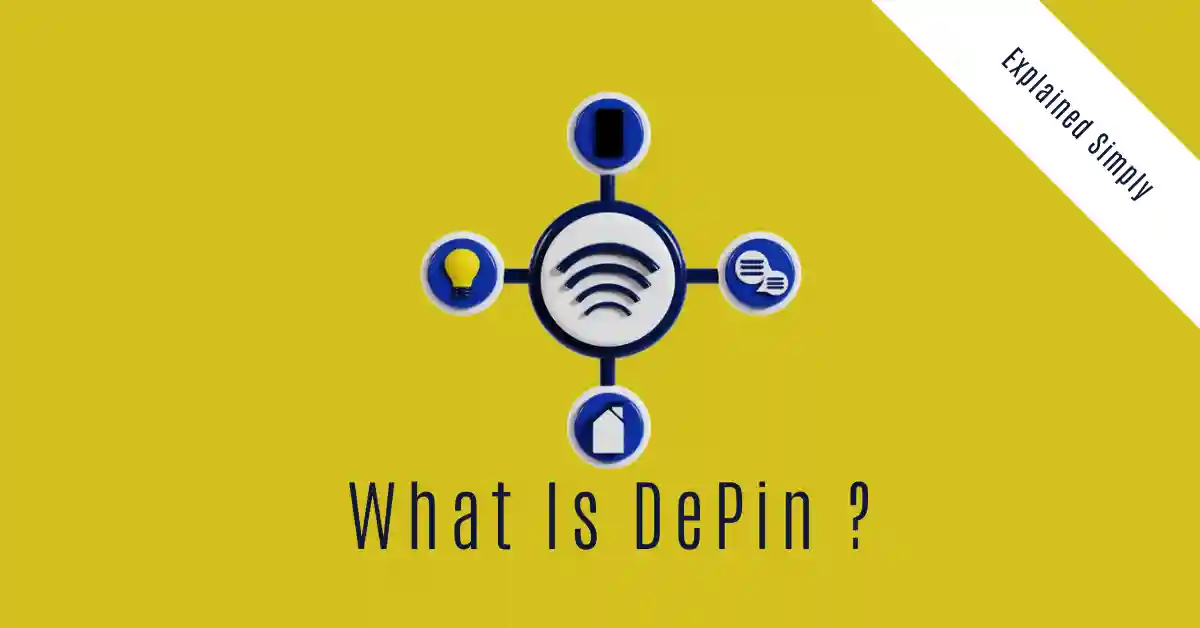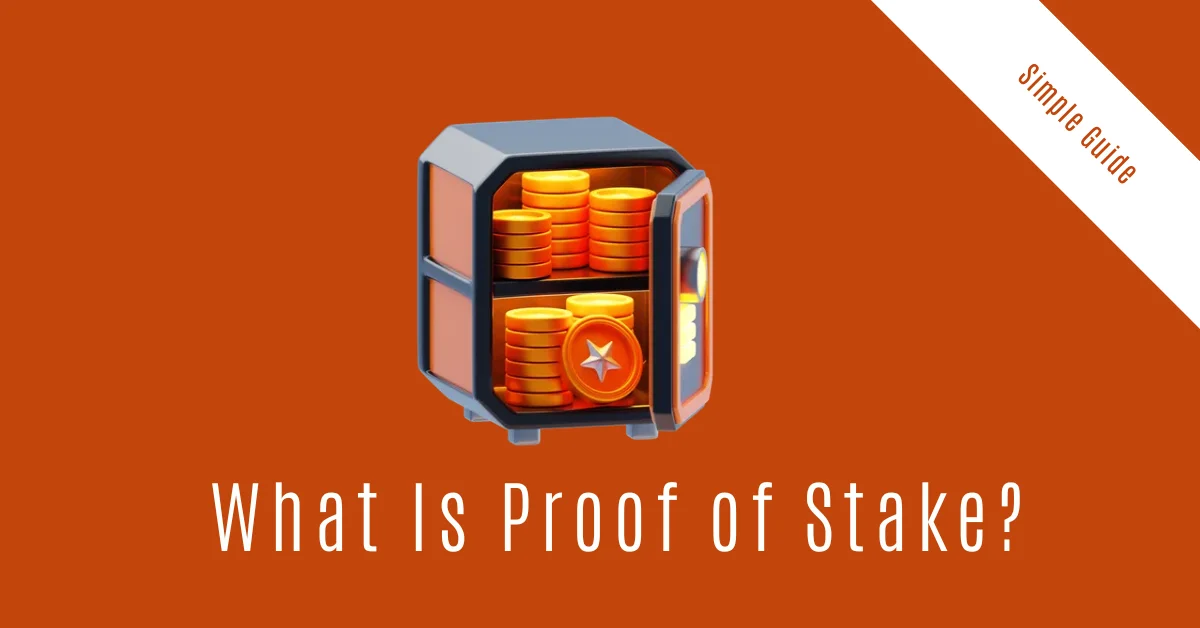
Imagine a world where your WiFi router isn’t just a household gadget but a node in a global, user-owned wireless network. Where solar panels in your neighborhood trade excess energy peer-to-peer via blockchain. Where mapping the world isn’t dominated by Google but by millions of contributors earning crypto rewards. This is the promise of DePin—Decentralized Physical Infrastructure Networks.
In this guide, we’ll demystify DePin, explore how it works, and reveal why it’s poised to transform industries from telecom to energy. Let’s dive in.
DePin Defined: A New Model for Real-World Infrastructure
DePin (Decentralized Physical Infrastructure Networks) are blockchain-powered systems that incentivize individuals and businesses to build, maintain, and govern physical infrastructure—like wireless networks, energy grids, or cloud storage—without relying on centralized corporations or governments.
Key Characteristics of DePin:
-
Token Incentives: Contributors earn crypto rewards for sharing resources (e.g., bandwidth, storage, energy).
-
Community Governance: Users vote on network upgrades and policies.
-
Physical Hardware: Relies on real-world devices (routers, sensors, solar panels).
-
Blockchain Backbone: Transactions and ownership records are stored on-chain.
How DePin Works: The 4 Core Components
1. Hardware Providers
Individuals or businesses deploy physical devices that provide a service:
-
Helium: Users install hotspots to create a decentralized WiFi network.
-
Filecoin: Contributors offer unused hard drive space for decentralized storage.
-
Hivemapper: Drivers mount dashcams to crowdsource street view imagery.
2. Blockchain Layer
Smart contracts automate rewards and governance:
-
Token Distribution: Providers earn tokens (e.g., HNT for Helium) based on usage.
-
Proof of Coverage: Validators verify hardware uptime and service quality.
3. Oracles
Bridge real-world data to blockchain:
-
Energy Grids: Sensors report electricity production/consumption to smart contracts.
-
Supply Chains: IoT devices track goods’ location and condition.
4. End Users
Consumers pay to access the network:
-
Cost Savings: Avoid markups from centralized providers (e.g., AWS, Comcast).
-
Censorship Resistance: Use decentralized networks in restricted regions.
Real-World DePin Examples
1. Helium (HNT): Decentralized Wireless Networks
-
What It Does: Users deploy hotspots to provide 5G/LoRaWAN coverage.
-
Impact: Over 1 million hotspots globally, covering 77k+ cities.
-
Rewards: Hotspot owners earn HNT tokens based on data usage.
2. Filecoin (FIL): Decentralized Cloud Storage
-
What It Does: Rent unused hard drive space to store data.
-
Impact: 19 exabytes (19B GB) of storage available—larger than AWS S3.
-
Rewards: FIL tokens paid per stored GB.
3. Hivemapper (HONEY): Decentralized Mapping
-
What It Does: Drivers collect street imagery via dashcams.
-
Impact: Mapped 12% of global roads, challenging Google Maps.
-
Rewards: HONEY tokens per mapped kilometer.
4. PowerLedger ( "https://coino.live/supported-coins/powr">POWR): Decentralized Energy Trading
-
What It Does: Peer-to-peer solar energy trading via blockchain.
-
Impact: Used in Australia, Japan, and the U.S. to reduce grid dependence.
-
Rewards: POWR tokens for surplus energy sold.
Why DePin Matters: Benefits Over Traditional Infrastructure
| Factor | Traditional Infrastructure | DePin |
|---|---|---|
| Ownership | Controlled by corporations/states | Owned by users and contributors |
| Cost | High (middlemen, monopolies) | Low (direct peer-to-peer exchange) |
| Deployment Speed | Slow (permits, bureaucracy) | Rapid (community-driven growth) |
| Censorship | Vulnerable to shutdowns | Resilient and permissionless |
| Innovation | Limited by corporate agendas | Open-source, community-led |
Key Advantages:
-
Cost Reduction: Eliminates corporate profit margins and administrative overhead.
-
Resilience: No single point of failure (e.g., Helium survived multiple ISP outages).
-
Democratization: Anyone can participate—no corporate partnerships needed.
-
Sustainability: Optimizes resource use (e.g., redistributing excess solar energy).
Challenges Facing DePin
1. Regulatory Uncertainty
-
Governments may restrict DePin networks (e.g., FCC scrutiny of Helium’s frequency use).
-
Tax implications for token rewards vary globally.
2. Hardware Costs
-
Initial device investments deter mass adoption (e.g., $500+ for a Helium hotspot).
3. Scalability Issues
-
Balancing growth with service quality (e.g., Hivemapper’s data gaps in rural areas).
4. Security Risks
-
Physical devices are vulnerable to tampering or hacking.
5. Token Volatility
-
Crypto price swings affect earnings (e.g., HNT dropped 90% post-2021 bull run).
The Future of DePin: Trends to Watch (2024–2030)
1. Enterprise Adoption
-
Companies like Salesforce and Bosch are piloting DePin for IoT and logistics.
2. AI Integration
-
DePin networks will train AI models with real-world data (e.g., dashcam footage for autonomous cars).
3. Green DePin
-
Solar-powered hotspots and carbon-neutral blockchain protocols.
4. Government Partnerships
-
Cities may adopt DePin for public infrastructure (e.g., Barcelona’s smart lighting pilot).
5. DePin-As-A-Service
-
Platforms like Peaq and IoTex offer SDKs for custom DePin networks.
FAQs About DePin
1. How is DePin different from IoT?
IoT focuses on connecting devices; DePin adds token incentives and decentralized governance to create user-owned networks.
2. Can I invest in DePin projects?
Yes. Tokens like HNT (Helium), FIL (Filecoin), and HONEY (Hivemapper) are tradable on Coinbase, Binance, etc.
3. Is DePin legal?
Most DePin projects operate legally, but regulations vary. Helium complies with FCC rules; others navigate gray areas.
4. How secure are DePin networks?
Blockchain layers are secure, but physical devices risk tampering. Encrypted hardware and remote monitoring mitigate this.
5. Does DePin require technical skills?
Most projects are plug-and-play (e.g., Helium hotspots). Developers can build custom networks via SDKs.
6. Can DePin replace traditional infrastructure?
Partially. DePin excels in niche areas (rural WiFi, microgrids) but won’t replace highways or airports soon.
7. Is DePin environmentally friendly?
Yes and no. Hardware consumes resources, but optimized networks reduce waste (e.g., redistributed energy).
Conclusion
DePin represents a seismic shift in how we build and manage infrastructure—turning centralized systems into community-owned networks powered by blockchain and token incentives. While challenges like regulation and scalability remain, projects like Helium and Filecoin prove that decentralized models can rival corporate giants in efficiency, cost, and innovation.
As DePin evolves, it promises to democratize access to critical services, empower individuals, and pave the way for a more resilient and equitable digital-physical world.
Ready to Join the DePin Revolution?
Start by exploring Helium Hotspots or Hivemapper’s Dashcam Program.








